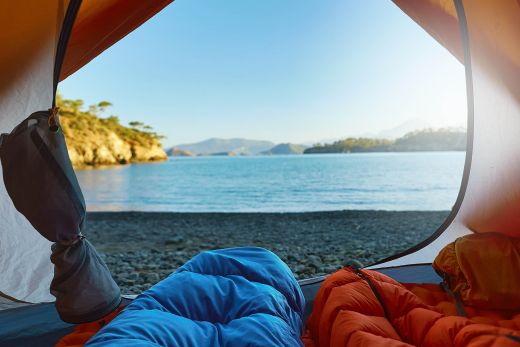Given how essential it is to a good night’s sleep, your sleep system is one of the most important gear combinations that you carry. The problem is that choosing the right sleeping bag, pad and accessories isn’t particularly easy. Besides working together to achieve the right level of insulation, the components in your sleep system also have to support your sleeping habits and help you achieve a target base weight. It’s a good thing then that you’ve found this guide, which will give you everything you need to know about putting together a sleep system that meets your needs and calibrating it for different conditions.
- Components of a sleep system
- Possible additions to your sleep system
- EN/ISO ratings and R-values
- Calibrating your sleep system
- Other factors worth considering
Components of a sleep system
A sleep system can have three or four components depending on whether you choose to include a sleeping bag liner.
Sleeping pad
Your sleeping pad plays an important role in your sleep system by preventing the loss of body heat to the cold ground beneath you. This capacity to resist the flow of heat is specified with a number called an R-value. The higher a pad’s R-value, the better it will insulate you from cold surfaces. So an R-value of 2 means that a pad is minimally insulated while a rating of 7.5 indicates that it is very well insulated. These values are useful not only for comparing different sleeping pads but also for understanding how much a pad will contribute to the heat-trapping abilities of your sleep system.
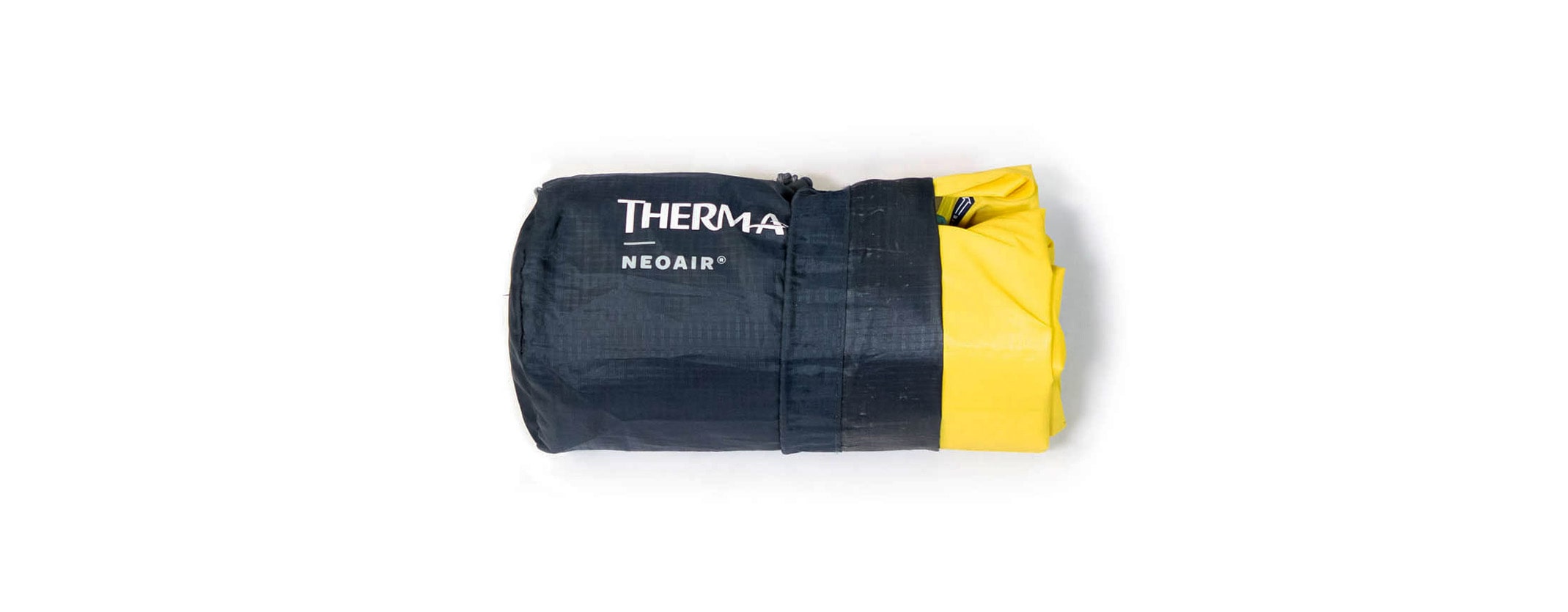
Some publishers recommend a sleeping pad with a R-value of 2 to 3 for 3-season use, but there are at least two problems with such guidelines. The first is that shoulder season temperatures vary from place to place, and a pad with a R-value of 3 is actually not sufficient for 3-season use in colder climes. The second issue with such guidelines is that they fail to take into account how a sleeping bag’s ability to trap heat depends on the thermal properties of your pad. While you can use an R 2 sleeping pad in warmer regions, you will need a sleeping bag that is rated warmer than the expected temps to make up for the less insulating pad.
Sleeping bag or quilt
While your sleeping pad insulates you from the ground below, it’s your sleeping bag that actually traps warm air around you. It does this in two ways. Firstly, it prevents the loss of heat through convection by preventing warm air from escaping and being replaced with cold air. And secondly, it prevents the loss of heat through radiation by having insulation-filled baffles that act as a heat barrier. Of course, some sleeping bags have more insulating power than others, and that’s why most sleeping bags have an EN/ISO rating – so that it's easy for a consumer to find a sleeping bag that is warm enough for their purposes.
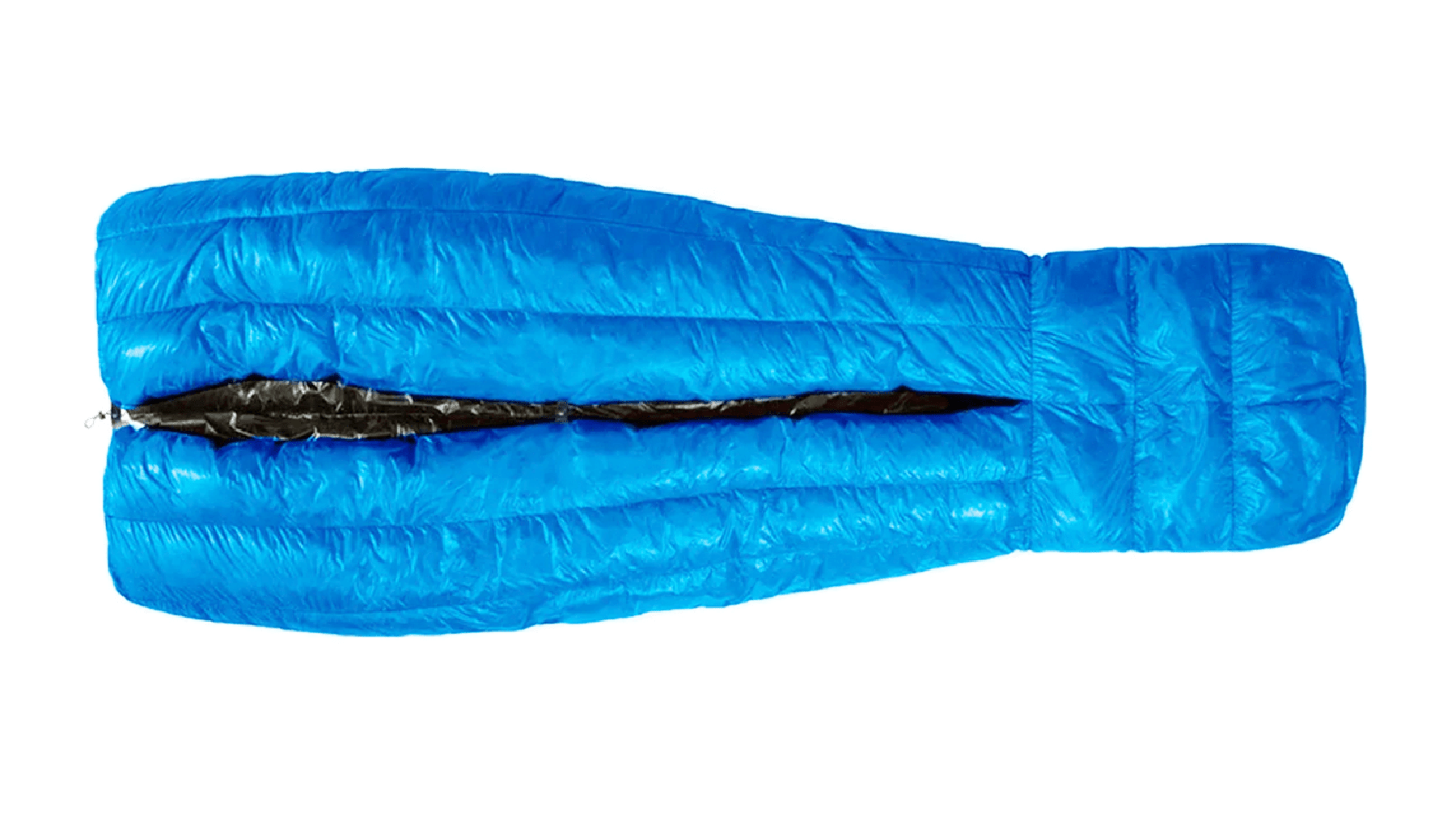
Because men and women experience cold differently when they sleep (men typically sleep warmer), there are actually two different ratings within an EN/ISO rating.
Comfort rating
The comfort rating refers to the temperature at which a cold sleeper will feel warm and comfortable. On average, women feel the cold more than men, and most manufacturers describe the comfort rating as the temperature at which the average female can sleep comfortably. This is typically a few degrees warmer than the lower limit rating.
Lower limit rating
According to the EN standard, the lower limit is the temperature at which the average male can sleep for eight hours without waking. Not wanting to make generalizations based on gender, the ISO defines the lower limit as the temperature at which a warm sleeper will still feel comfortable.
It’s important to note that you might sleep colder or warmer than the average male or female. If you don’t already know whether you are a cold or warm sleeper, you will need to figure this out before you can accurately gauge your insulation needs. Fortunately for those who aren’t yet familiar with their biological thermostats, there are ways to create room for additional insulation in a new sleep system in case you need it.
Non-ISO/EN rated bags and quilts
Quilts and even some sleeping bags aren’t ISO-rated, and the general consensus on in-house ratings is that they’re not particularly accurate. In fact, it has been found that some quilt manufacturers exaggerate their product’s temperature ratings by up to 10 degrees. If you decide to go with a quilt or a sleeping bag that isn’t EN/ISO rated, my advice is to choose one rated 10 degrees warmer than you need. Personally I’d avoid sleeping bags that don’t have an ISO rating. But, since there simply isn’t an EN test for quilts, I wouldn’t rule out a quilt simply because it isn’t rated using a standardized test. Rather just go with a quilt that claims to be warmer than you need.
Clothes
You can significantly increase the insulating properties of your sleep system by adding an extra layer or two. Just be careful to not add layers too quickly as too much insulation will only make you sweat. It’s best to get into your sleeping bag wearing no more than a light long baselayer (merino or polyester is best) and then wait fifteen minutes before deciding if you really need a few more next-to-skin items. If your underwear proves to be not warm enough, you can add a pair of socks and a wool hat. In most cases this will be enough to make a cold sleeper feel toasty. Only put on another layer, like a light fleece, if you are still cold after that. And reserve the puffer jacket for conditions that push your sleeping bag well past its limit.
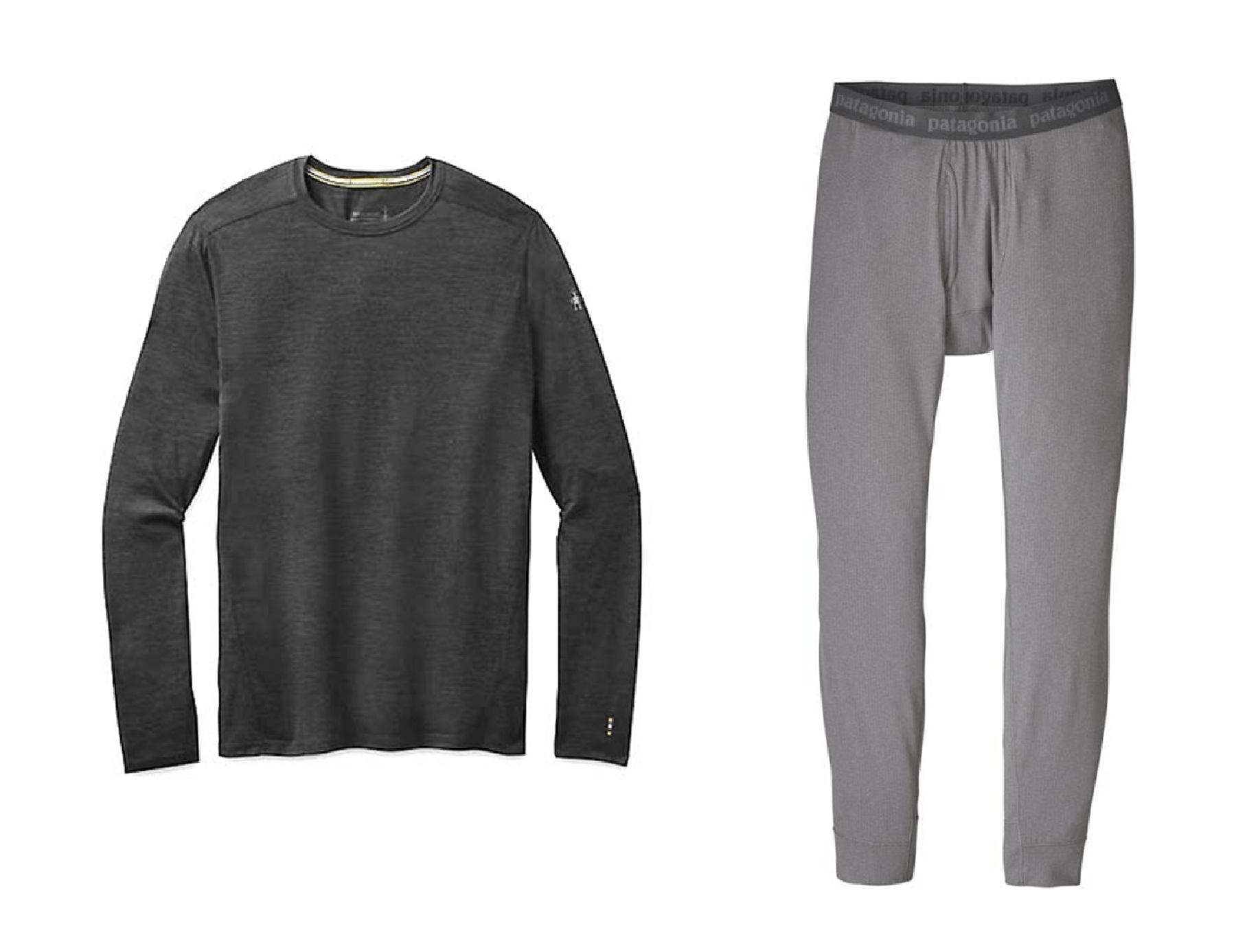
Top tip: When backpacking, keep aside a set of dry, clean clothes to wear around camp and sleep in. Besides ensuring that you always have something warm to change into at the end of the day, it’s just nice to sleep in clean clothes.
Possible additions to your sleep system
Besides the three main components of your sleep system, there are a few other pieces of kit you might want to add to it
Sleeping bag liner
There are three benefits to using a sleeping bag liner with your sleeping bag. The first is that a liner acts as a dirt trapping barrier between you and your sleeping bag, and is much easier to wash than a sleeping bag. The second is that a liner can add warmth (5 - 25° F) to a less insulating sleeping bag, allowing it to be used in colder temps. And the third is that a liner gives your sleep system greater flexibility since it can be added or left out depending on whether you need the additional insulation. I recommend choosing a silk, merino, or fleece liner that will add no more than 10° F. With a warmer liner, it would be more difficult to make small adjustments to the amount of insulation in your sleep system.
Bivvy bag
Although a bivvy bag is designed to protect a sleeping bag from the elements when the sleeper isn’t using a tent, a bivvy can also increase the warmth of your sleep system by 5 to 10° F. However, because a bivvy bag and tent essentially do the same thing, a bivvy bag will increase the warmth of your sleep system only when you use it in place of a tent and not inside a tent. Put another way, a bivvy bag will only add warmth to a sleeping bag and pad that are not inside a shelter.
Hammock
Hammocks are great in that they are often more comfortable than a pad, but they have one major drawback: insulation, or rather the lack of it. Unlike a sleeping bag liner or bivvy bag, which will increase the insulating properties of your sleep system, a hammock will do nothing to make your sleep system warmer. In fact, by leaving your underside exposed, it will actually make you colder. Some campers try to combat this problem by putting a sleeping pad inside their hammock, but this usually requires the camper to deflate the pad partially (and lose insulation) so that it conforms to the shape of the hammock. The only way to make a hammock setup as warm as a pad-based system is to supplement it with an underquilt (around $150 and 1.5 lb)
EN/ISO ratings and R-values
The EN/ISO testing protocol involves pairing a sleeping bag with a pad rated to R 4.8. Given the role a sleeping pad plays in helping trap heat in a sleeping bag, this means that you can expect your sleeping bag to retain less heat if you use it with a pad rated to anything lower than R 4.8. One paper claims that pads with an R-value of R 1.3 or lower could reduce a sleeping bag’s insulating abilities by as much as 10° F (6° C). Does that mean that you need a sleeping pad rated to R4.8? No, but you might need a warmer sleeping bag to make up for heat lost through your pad if it’s rated lower than R 4.8.
Alternatively, you can put a second pad under your primary pad to increase the amount of insulation under you. A cheap closed-cell foam with a R-rating of 2 might be all you need to get the total insulating power of your pads above R 4.5. The math is as easy as adding the R-value of one pad to the R-value of the other. For example, putting a pad rated R 2 under a pad rated R 3 will give you a combined R-value of 5. This two-pad strategy can make a lot of sense for campers who might want to pare down their system in warmer weather or add extra insulation for missions in the shoulder seasons.
Calibrating your sleep system
To properly calibrate your sleep system, you have to do two things: you have to put together a sleep system that will be warm enough in the coldest conditions you can expect to face – this will require you to choose the right sleeping bag and quilt – and you have to know how to adapt your sleep system for different conditions.
Put together a sleep system for the coldest temps you can expect
This could mean putting together a sleep system for the lowest temps you can expect on any trip you will undertake in a season, or it could mean compiling a sleep system for a particular trip or purpose. It all depends on how many sleeping bags you have (or plan to have) in your gear collection. If you are going to try to get away with a single bag, you will need that bag to be warm enough for the coldest conditions you are likely to face on any trip. But if you are going to have two bags of different temperature ratings, you can create two sleep systems (sharing some components) to cover a wider range of conditions. Regardless of your approach, this is how you would calibrate your sleep system for a particular use (summer, fall, or year-round).
Know the coldest temperatures that you can expect
The process of putting together a sleep system starts with determining the coldest temps that you can expect to use it in. These are not the coldest temps that are likely, but the lowest temps that are possible if the weather takes a turn for the worse. Historical weather data for a certain area is useful for this. Otherwise just ask a local.
Decide if you are going to use a sleeping bag liner
The next step is to decide whether you are going to use a sleeping bag liner. If you are putting together a new sleep system and you don’t know if you are a warm or cold sleeper, it’s safer to design your system without a liner. That way you will be able to add a liner to achieve your desired level of insulation if you initially underestimate how warm you need your sleeping bag to be.
Choose a sleeping pad or pads
What we really want to know here is the insulating power of your sleeping pad. If you plan to use two pads in colder conditions, factor in the insulating power of both. If your pad’s R-value is 1.5 or lower, you will need to subtract 10° F from the insulating power of your sleeping system. If the total insulating power of your pad or pads is between R 3.5 and R 1.5, you will subtract 5° F in the calculation below.
Figure out how warm you need your sleeping bag to be
This will require some math. First, starting with the lowest temperature possible, add the number of degrees by which your sleeping bag liner will increase the warmth of your sleep system. Then add 15° F for extra layers (assuming that you are going to carry a puffer jacket). Next deduct the number of degrees lost by your sleeping pad (if it has a R-value lower than R4.8). This will be 5° F if your pad is rated to below R 3.5 or 10° F if it is rated to R 1.5 or lower.
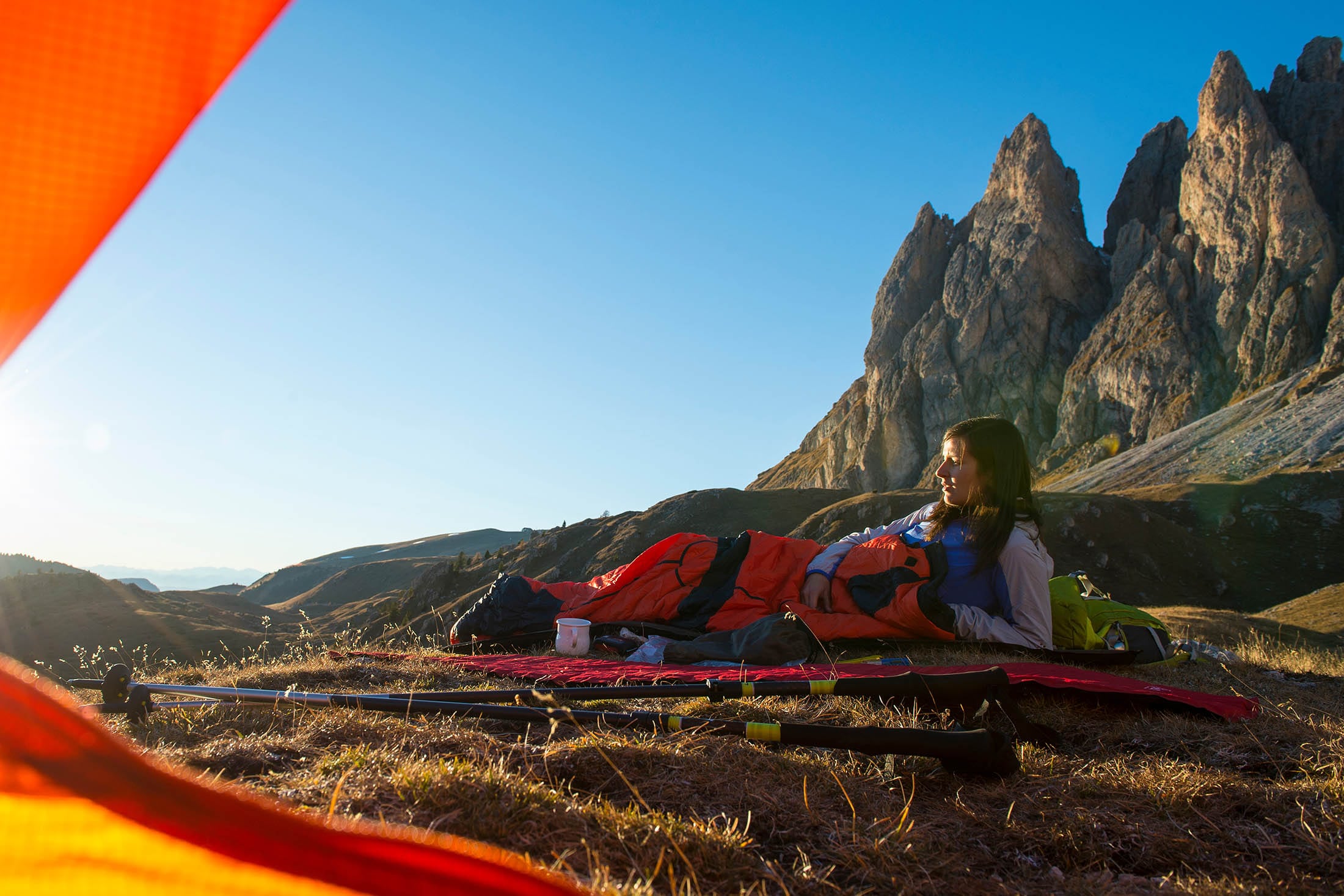
You now have your target temperature rating. Choose a bag that is within 5° F of this. If you are a cold sleeper, look at the comfort rating, and if you are a warm sleeper, look at the lower limit rating. If you are unsure of how you compare to others, go with the standard sex-specific guidelines: lower limit for men and comfort for women.
Adapt your sleep system for different conditions
Once you’ve put together a sleep system for a certain temperature range, you need to learn how to adapt it for warmer conditions. Here, you want to figure out much insulation to remove in warmer temps so that you don’t get into a sleeping bag that is too warm – again, you really want to avoid becoming sweaty. You already know what your sleeping bag is rated to, so it should be easy enough to figure out what temperature you can use it in when you’re not using a liner or wearing extra layers. If your pad is rated below R 3.5, you just need to remember that your sleep system will be 5 to 10° F cooler.
In conditions even warmer than this, you will need to swap your long base layers for something cooler, do away with your second pad (if you have been using two), or even leave the bag partially unzipped. Exactly how much you need to shed will take some experimenting, but then, when you’ve figured out how much insulation you need to be comfortable at a certain temperature, you will be able to set up your sleep system with few to no adjustments next the time you find yourself in similar conditions.
Other factors worth considering
Besides designing your sleep system to be warm enough in the coldest temperatures you could experience, it’s also worth considering the following factors.
Flexibility
A degree of flexibility is important when you’re likely to experience a wide range of temperatures on a single trip or you only have one sleeping bag for all conditions. If you need this kind of versatility, it’s even more beneficial to incorporate a sleeping bag liner and second pad into your sleep system. But you can also make it easier to control how much warmth your system retains by choosing a quilt or a sleeping bag that has a full-length zip.
Weight and bulk
Weight and bulk are more important for some campers and less so for others. If you feel you need a light and compact sleep system, it could be well worth investing in a down sleeping bag and ultralight air pad ($100 - $200 more than a synthetic bag and midrange pad). You can shave even more weight off your setup by going with a quilt instead of a sleeping bag, but then you also have to consider the pros and cons of a quilt before making this decision.
Ease of use
To retain heat properly, a quilt has to be attached to the sleeping pad with straps, a system that can involve a little extra fiddling. On the other hand, this helps prevent the sleeper from sliding off the sleeping pad, as can happen with a sleeping bag that doesn’t have a pad sleeve. In short, a quilt’s biggest downside can also be an advantage depending on your sleeping habits and preferences. In recent years, the development of more user-friendly pad attachment systems means there’s less fiddling and better heat retention.
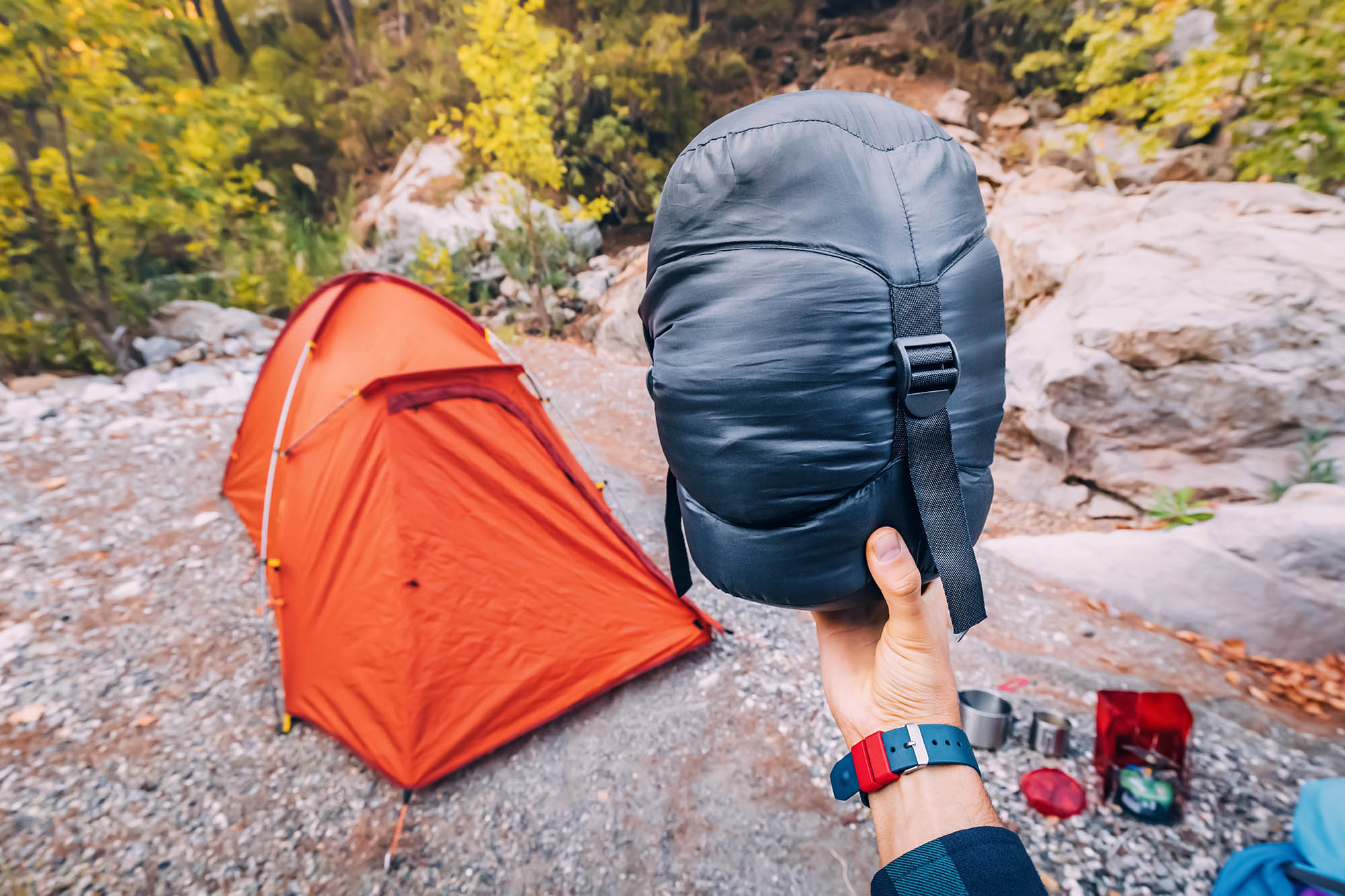
Get out there
You now have everything you need to know about calibrating a sleep system. But don’t stop here. On this website you’ll find many more articles on how to choose the different components in a sleep system. If you haven’t read them already, I recommend checking out my guides on how to choose between a sleeping bag and a quilt and then how to choose between down and synthetic insulation. There’s nothing worse than post-purchase dissonance, and these gear guides are designed to help you make these important gear decisions with confidence. Happy reading.
